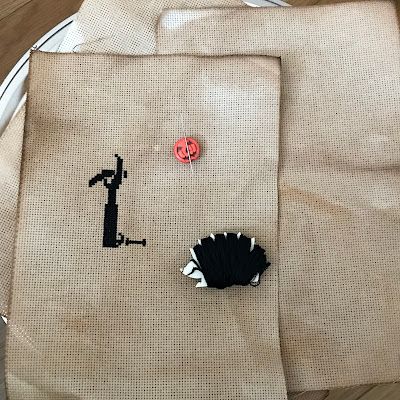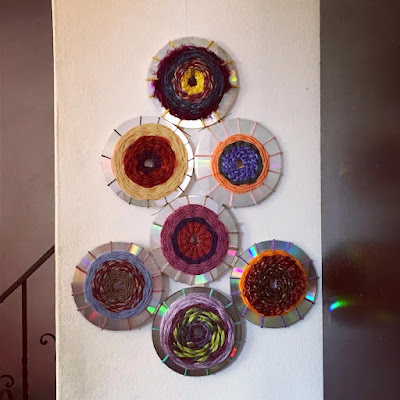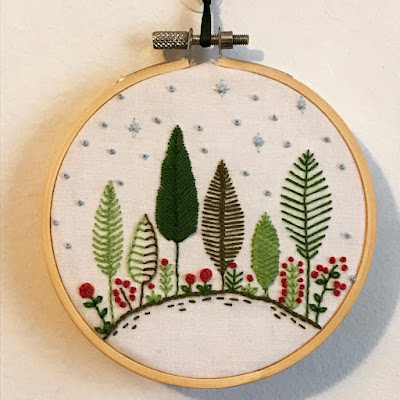N.K. Jemisin's The City We Became is both a horror-tinged fantasy response to Lovecraft and a love letter to New York City. The city, you see, is on the verge of being born when the book opens, a process only a few cities go through, and even fewer cities survive. By the end of the first chapter, NYC has survived its birth, but its avatar, a homeless, queer artist, is now in a coma from battling a mysterious entity bent on destroying cities. NYC, however, is one of those rare living cities with multiple avatars, one for each borough in addition to the primary one. These five avatars -- Bronca, Brooklyn, Manny, Padmini, and Aislyn -- must come to terms with their new status, find each other, find the primary avatar, and defeat the Woman in White.
It's a standard quest for an epic fantasy, made deeper by focusing on the diversity of the city and arguing that the city's strength comes from that. Bronca is from the Lenape tribe, the first "residents" of the land, and fittingly she is both the oldest and the one with the most knowledge of what is going on. Brooklyn is a black woman, a former rapper (possibly the most popular style of music in the world, originating in African American neighborhoods in NYC) turned politician. Padmini is an immigrant, studying hard for her own version of the American Dream. Manny is brand new to the city, having arrived at Penn Station for a job right as the main avatar collapses. I was especially delighted at this touch; Some residents, particularly Manhattanites, tend to argue that anyone not born in the city doesn't count as a New Yorker. But this city would be nothing without the newcomers who arrive every day.
And then there's Aislyn, an Irish-American woman from Staten Island -- the most isolated borough, and the most conservative. Her life has been stunted by her abusive, racist father, and she is fearful of everything. Despite that, she's on the verge of venturing out into the rest of the city (something that could help her see the world is so much bigger, and better, than her father has taught her) when the Woman in White gets a hold of her and manipulates her fear (and her second-wave feminism) to stay home. This puts Aislyn in far more danger.
Unfortunately for her, Aislyn is blind to that danger. The turning point (which she fails to see) is when she refuses to consider the warnings her own mind is giving her, because she does not want to acknowledge that her understanding of the world could be wrong. Up until then she had been a somewhat sympathetic character, someone who had the potential to transcend her small-minded upbringing. But the refusal to challenge one's own assumptions, to admit one could be wrong about something, leads to all sorts of evil. As Aislyn herself will acknowledge someday in the future, "confirmation bias is a bitch."
In this way, by highlighting the strength that comes from diversity, Jemisin is responding directly to the overt racism, fear, and conservatism of Lovecraft. The Woman in White explicitly states that it's humanity's ability to learn from each other -- ideas, viewpoints, languages, cuisines -- that makes us so strong, and allows us to continue to develop as a species. This is true, as even a cursory review of history will show. Innovations happen when cultures mix, whether by immigration, conquest, war, or trade (some of these methods being better than others). The Woman's complaint is that this growth by humanity, specifically cities, eventually harms creatures in other universes. But late in the game we learn her true identity, revealing her to be a genuine hypocrite and calling into question her previous arguments. It will be interesting to see how this tension (growth that causes destruction) is resolved, if at all, in the sequel.
Which I can't wait to read.



















































